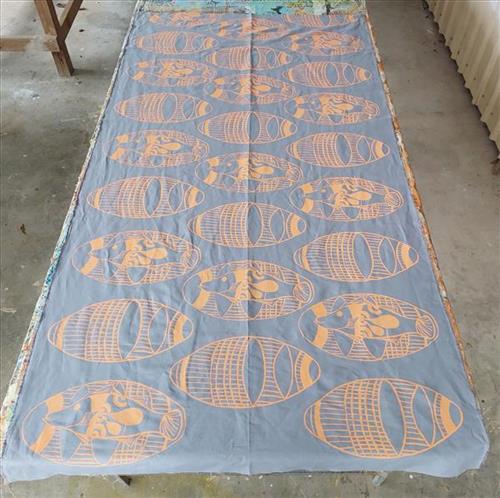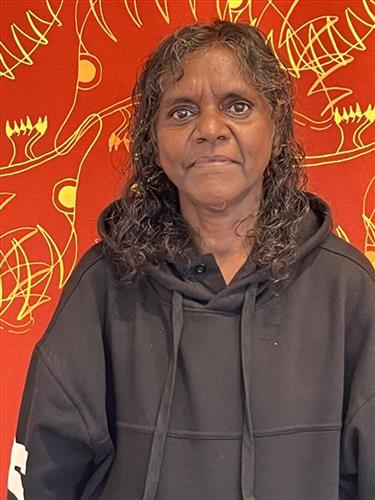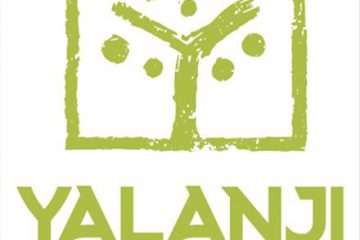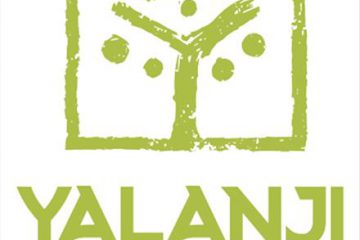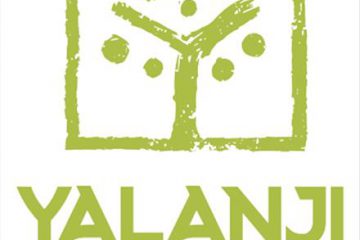Biography:
I grew up in Mossman learning two ways of life: Kuku Yalanji and Western.
I learnt language and culture from the age of four, and as I grew I was an interpreter for my mother and elders. Now I teach my daughters - we all speak language at home.
Now, both my parents have passed away. My mother was from Mossman and she is my role model, she taught me language, culture, and dance from the past and the present. The stories in dance she also painted; stories of our Totems (Ancestral Beings) like that of Diwan (Scrub hen) laying eggs, the sea turtle and the crocodile.
As a young person, my father’s uncle, Eddy Bloomfield, painted for pleasure and to pass on knowledge. He painted on any surface he could find - bark, turtle shells etc. I was always listening to elders and Eddy encouraged me to pick up a paintbrush. He taught me traditional techniques. Telling stories of the seaside, and what is edible and what isn’t.
My elders taught me how to survive here. Strong voices and histories, self-expression through dance and painting. This is how they survived and this is valuable knowledge for the next generation.
My artwork stories focus on the Totems that have been passed down to me from my father’s and mother’s side. Many of them are still sung and danced in public ceremony. I pass on these stories to my seven daughters and also teach them how to dance them.
